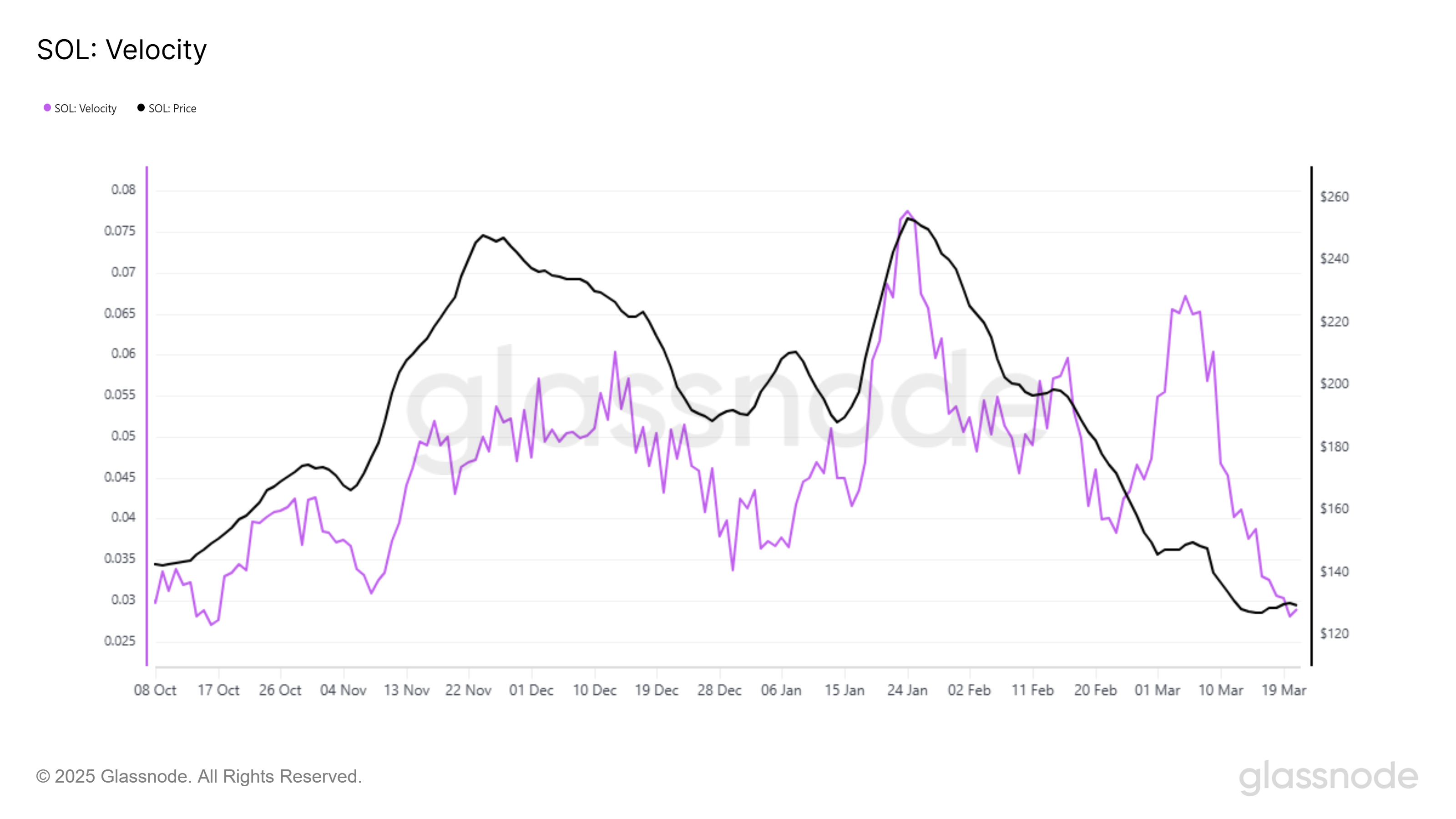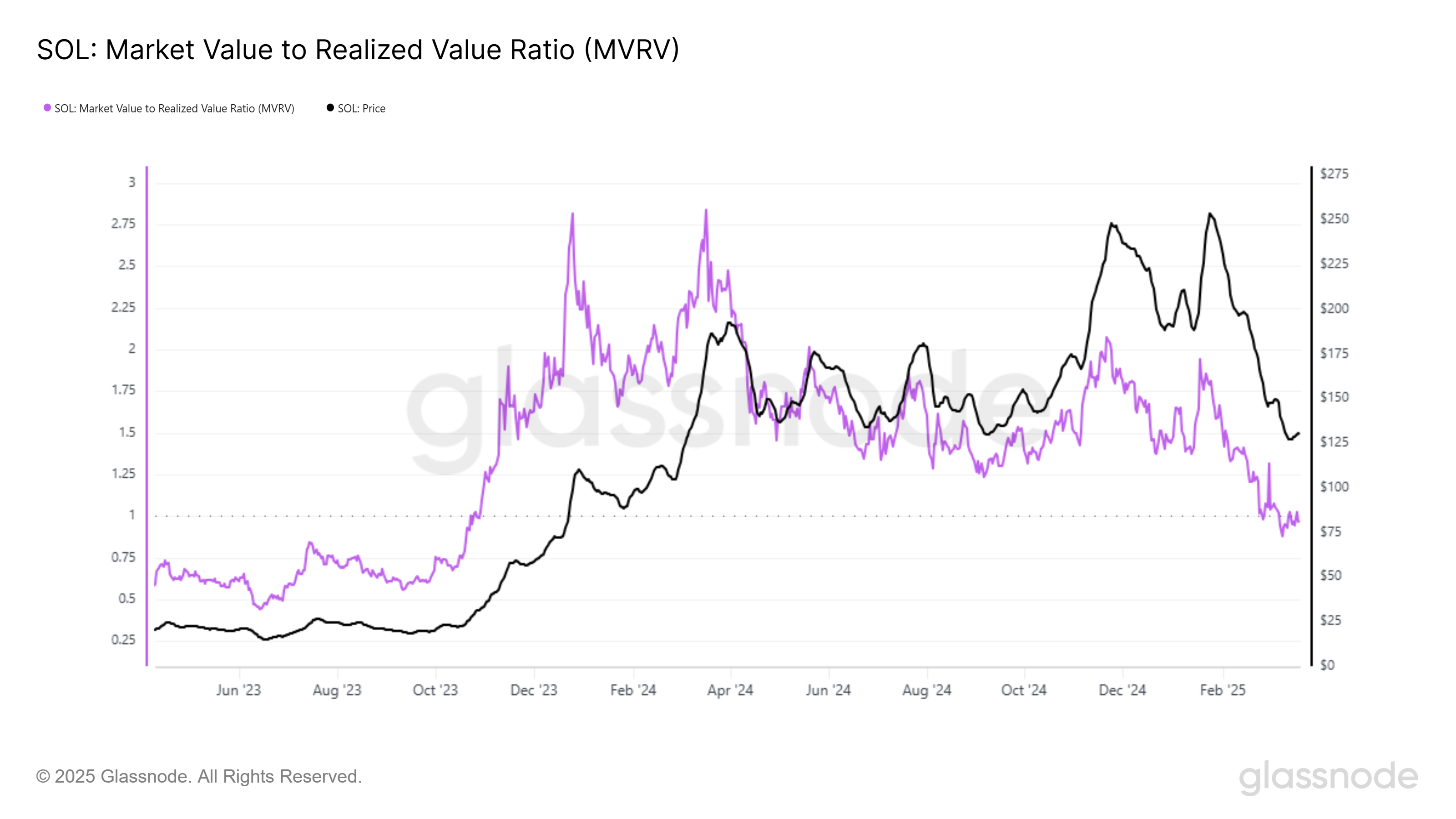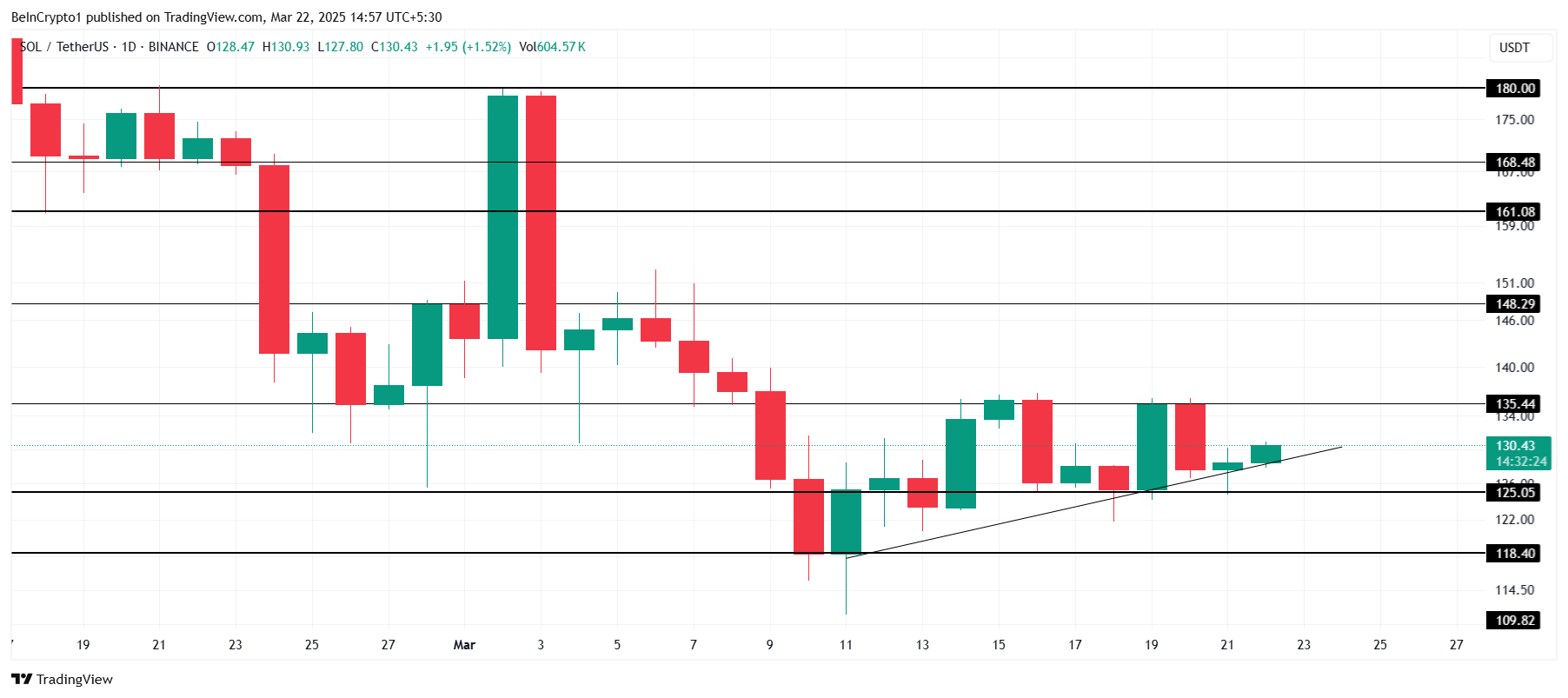The GENIUS Act, a bill of proposed new stablecoin regulations for the US, is up for a Senate vote today. Still, its chances of success remain uncertain, as Democratic opposition remains high.
Democrats on the Senate Banking Committee released harsh criticism of the bill, and their staffers also circulated a scathing letter co-signed by 46 advocacy groups. This blowback took place despite recent bipartisan amendments.
GENIUS Act’s Supporters and Opponents
Less than two weeks ago, it looked like the GENIUS Act was on the cusp of total success. This comprehensive stablecoin regulation had several strong allies within the Democratic Party in addition to its Republican sponsors.
However, this vote failed, and the Act currently faces a make-or-break chance to win again or start over:
“IMO, If the GENIUS Act doesn’t pass the Senate, there will be no meaningful legislation involving crypto before the midterms and, unfortunately, midterms historically go against the party in power. If they can’t get this passed, a more complex Market Structures Bill is highly unlikely… not to mention crypto-related tax legislation or consumer protections,” claimed crypto advocate John Deaton.
Reports claim that the GENIUS Act’s next chance will take place today as part of Senate proceedings that will begin at 3 PM EST.
The crypto industry is strongly in favor of these regulations, with advocacy groups and business leaders both saluting the bill. However, it may not be that easy for one clear reason: stiff Democratic opposition.
Despite some initial support, Congressional Democrats turned on the GENIUS Act due to concerns of legalized corruption and unfair business practices.
Last week, legislators proposed a few bipartisan amendments that would severely handcuff the bill with Big Tech exclusions and new enforcement mechanisms. It’s looking like that may not be enough.
According to several reports, the Senate Banking Committee’s Democrats released a scathing review of the GENIUS Act, and staffers also circulated a hostile letter co-signed by 46 different advocacy groups. These measures don’t necessarily reflect the bill’s chances of success, but they do highlight real opposition.
These criticisms focused on a few key deficiencies. First of all, the GENIUS Act’s amendments would prevent publicly traded Big Tech companies from issuing stablecoins.
However, they wouldn’t stop private firms, notably including Elon Musk’s X. This is one of several alleged loopholes that could eventually lead to blurred lines between banking and commerce.
Opponents also noted the epidemic level of crime and bad actors currently operating within the stablecoin ecosystem. Given these dangers and the Trump family’s international stablecoin deals, critics believe that the GENIUS Act lacks enough safeguards.
The letters also address consumer protection in the event of an issuer’s collapse. Considering that Tether and most other prominent stablecoin issuers aren’t US-based, critics worry that the GENIUS Act won’t guarantee users’ assets.
Most of the other concerns were adjacent to these major topics, worrying that the Act is wholly insufficient.
To be clear, it might still pass despite this opposition. The Senate Banking Committee and its allies clearly hate the GENIUS Act, but other Democrats might have a more favorable view. At the moment, we can only wait and see how the vote turns out.
The post Will the GENIUS Act Stablecoin Legislation Pass Today? appeared first on BeInCrypto.







